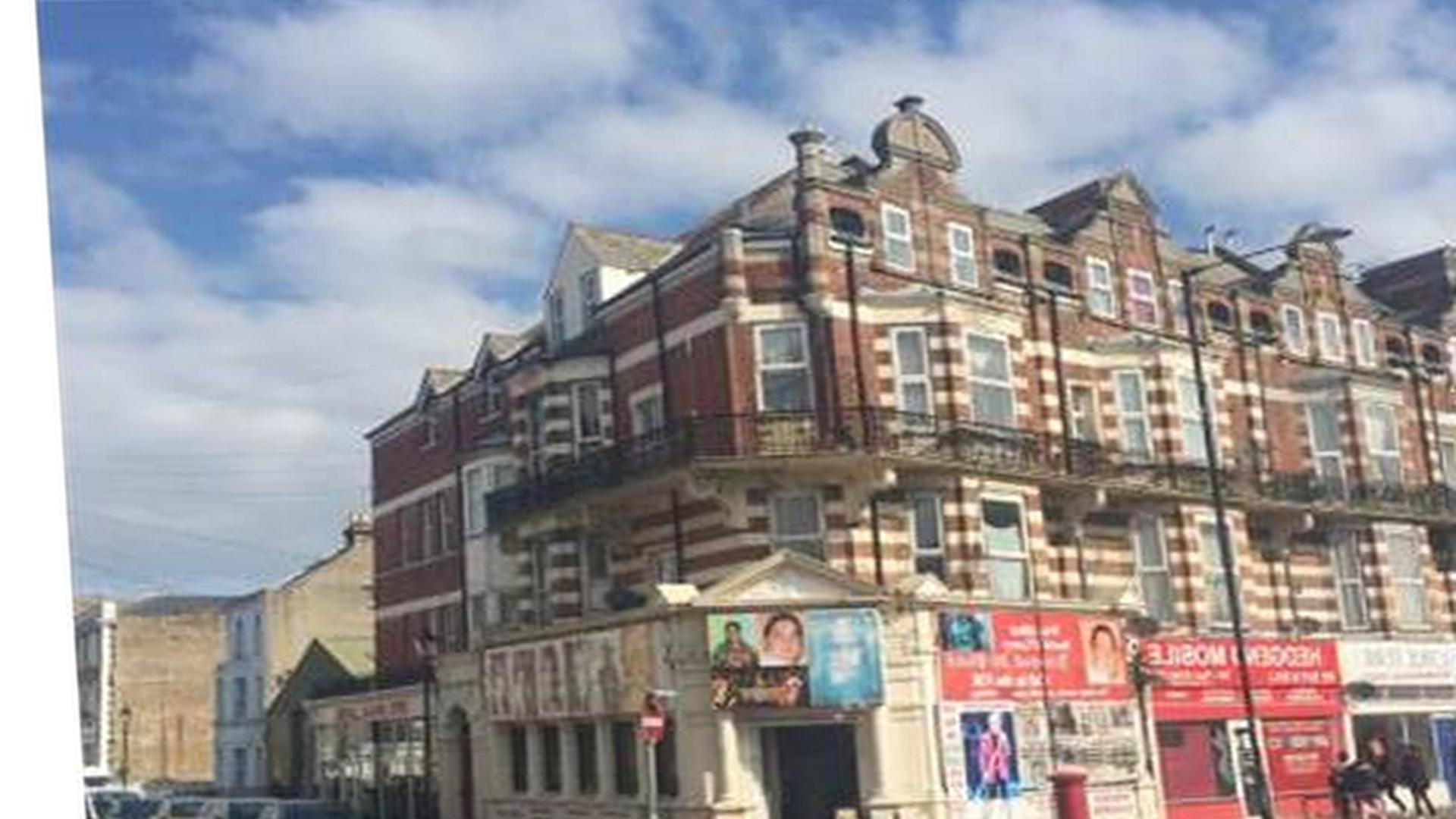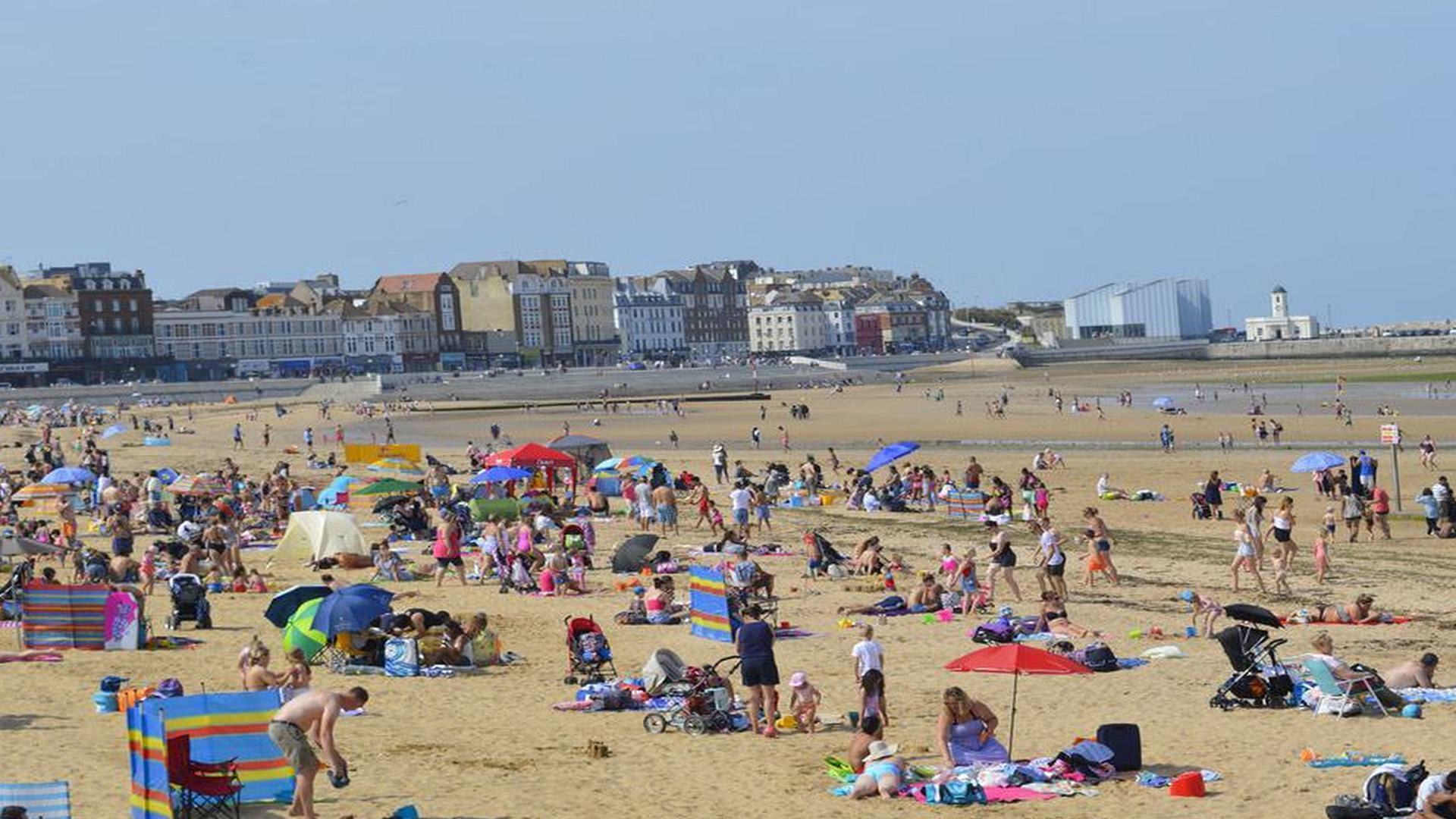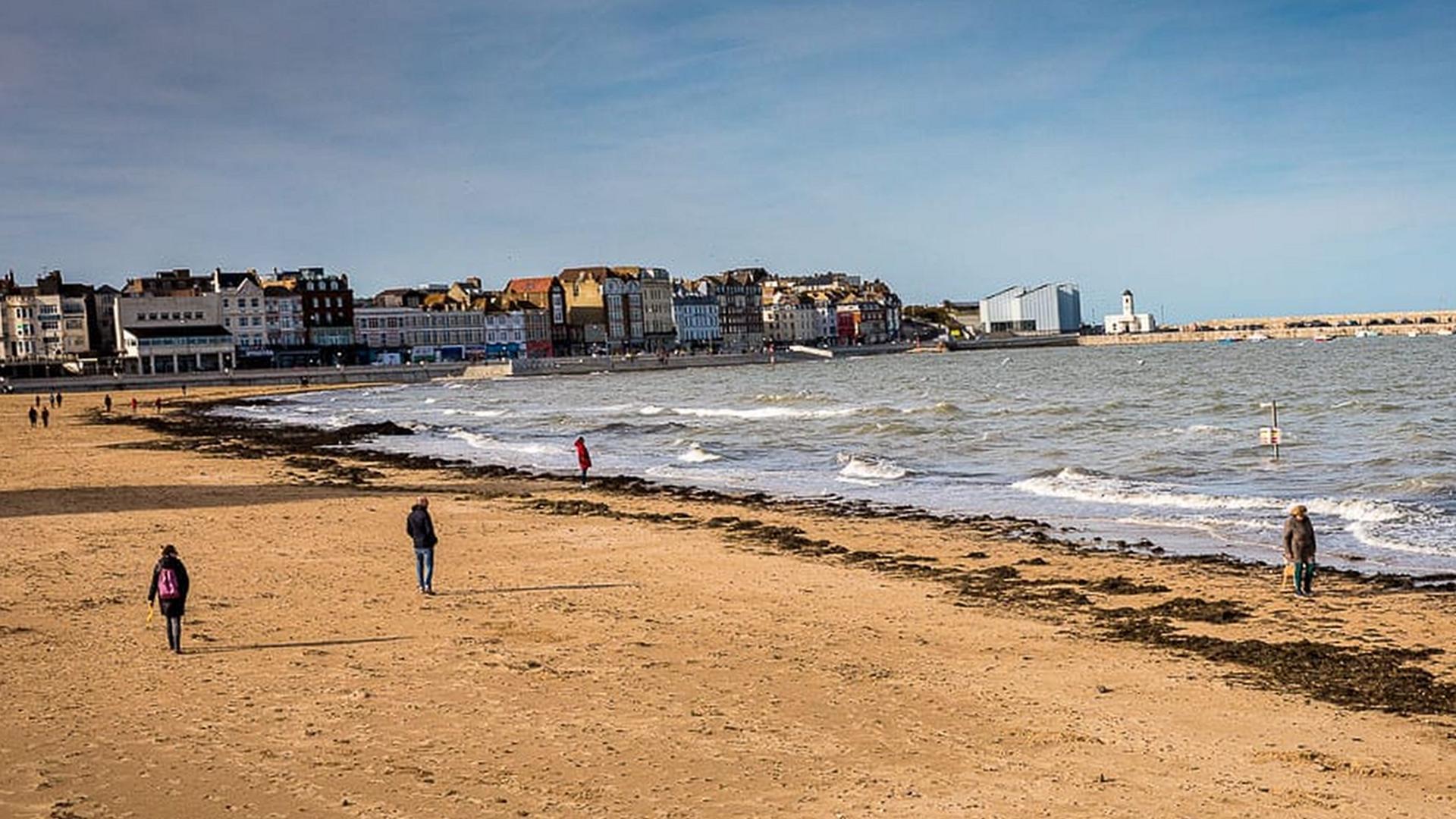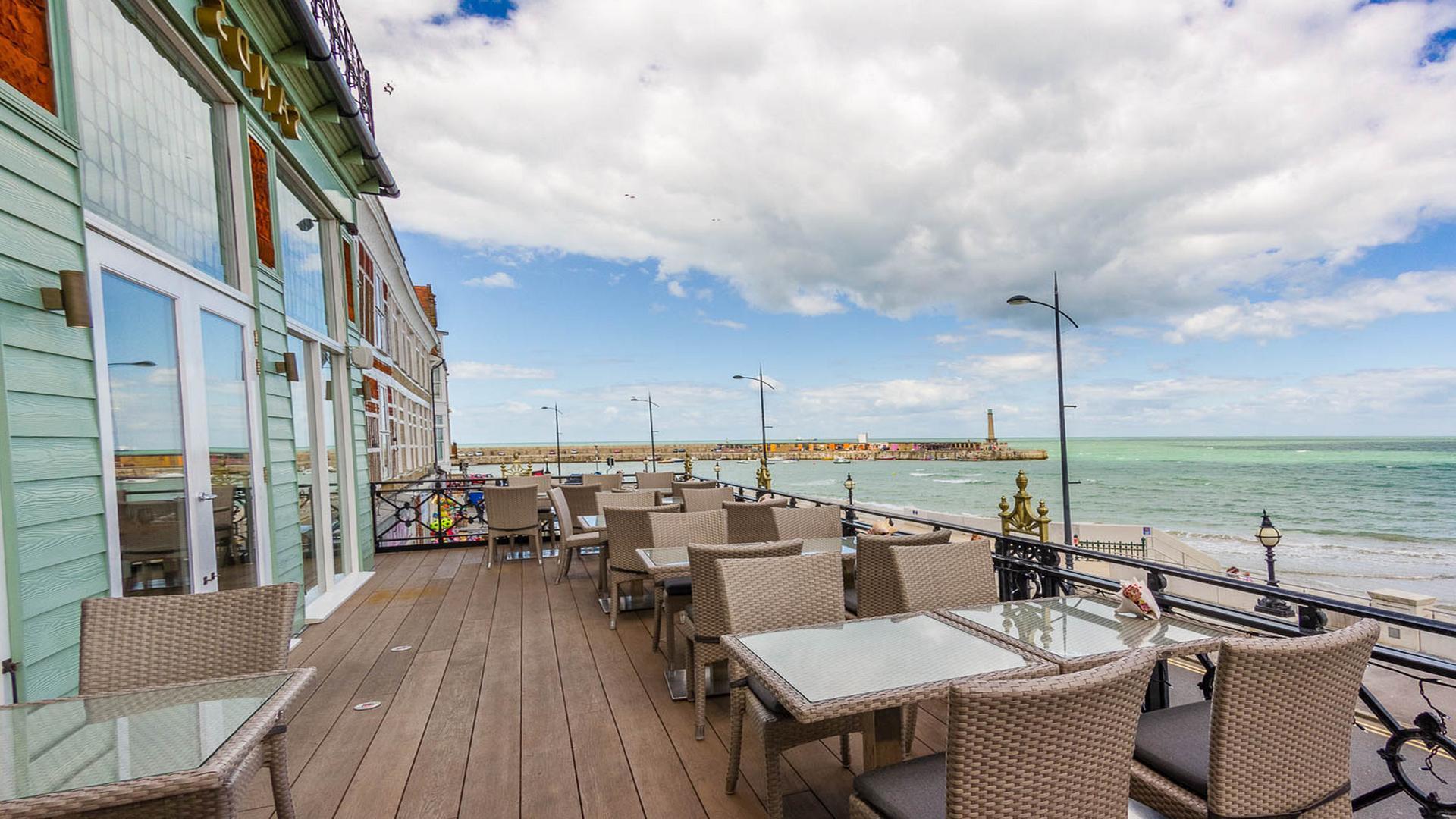The Guide To Cliftonville
/the-guide-to-cliftonville
East Cliftonville
East Cliftonville is an area in the east of Cliftonville. It covers the eastern part of the old Cliftonville area, and includes part of Northdown Road. Most of its streets were laid out in the 19th century: Seymour Street was a development to house miners while Bexley Rd was developed around 1853 as a model village for workers at Beckton Gas Works. Later some streets were named after countries involved in World War II: Moscow Road and Warsaw Road were built in the 1930s, and Canada Way, Japan Avenue, Germany Way and Italy Way were begun after 1945.
East Cliftonville is a small but historically important part of Cliftonville, which is in turn part of the Brighton, This is Margate (thisismargate.co.uk). It is a corridor of formerly open land between the South Downs to the south and what is largely residential suburban housing (in three distinct phases) to the north. The grand North Road, Brighton passes through it and cuts it in two; a little (seaside) urban density has grown up on its western edge.
The estate is served by Manor House and Greenvale Junctions. The original estate consisted of flats within three ten-storey concrete tower blocks: Manor House Tower, Greenvale Tower and Etonville Tower, named after Cliftonville Manor (a former manor house), Greenvale Lodge (a country house) and Etonville Hall (also a country house). The latter two were in the grounds of Cliftonville Manor at the time of demolition. West Cliftonville. The first houses in the east of Cliftonville were built by Duncan McRae.
The housetype was another Scottish Style design at 14 and 16 Creeve Road, or no. 2 and 4 Cliftonville Gardens. Two terraces were built further up the hill between Northumberland Avenue and Cliftonville Road. These are at nos 20 (1904) and 22 (1905). All these houses have been listed buildings since 1977. The eastern part of Cliftonville developed with villas set in their own grounds similar to those on the western side of the road.
Entertainment
The Winter Gardens was built in 1897 by A. F. Bannister and Robert Parker and originally known as the Liberal Club. In it's heyday, it could accommodate 3,000 people on the "three golden tiers": the Grand Circle at ground level (where open-air concerts were held), a dress circle above, and gallery above that. It staged variety shows, including summer spectaculars with well-known acts such as Arthur Askey, and was used for political meetings and conferences.
It is also the venue where comedian Charlie Williams created his act when living in Margate in the 1950s. The Winter Gardens theatre is a large entertainment venue on Cliftonville heath in Margate, Kent, United Kingdom. One of the last examples of an Edwardian music hall in Britain, the Grade II listed landmark was built for Oswald Stoll and designed by Frank Matcham in 1897. The site also houses a ballroom used as the venue for the reality television competition series Strictly Come Dancing (shown on BBC One) and its predecessor, Come Dancing.
On July 18 1879 members of the Primrose League placed a large black and white porcelain enamel sign reading 'Cliftonville, Kent'on top of a building in London's Regent Street to advertise that Cliftonville had become part of the Borough of Margate. The stunt was both successful and innovative and the resort soon adopted the name. Since early 2008 Cliftonville has been the home of the popular live music, comedy and cabaret bar "The Fat Lemons".
Facilities
The day of operations began at 8 a. m. I looked out my office window and saw an empty headquarters parking lot. No one was there. Can this day really start without anyone here? I thought to myself as I walked out to the operations floor, realizing that this was going to be a long, quiet first day on the job. By the end of the day, I had unfrozen my phone line and run a few hundred crosstabs for some major clients, but I couldn't shake the sense of loneliness, of being in a h.
The Bank of England building in central London, is the headquarters of the Bank of England and houses the Monetary Policy Committee. The first headquarters was designed by Sir John Soane and opened in 1833. It had two wings on either side of Prince's Street and was five storeys tall. The layout was similar to an English mansion, with rooms grouped together according to their intended use, around a central hallway or "corridor".
The Salcombe Regis Lifeboat Station, operated by the RNLI, is located in a boathouse situated below the town's pier. The boathouse is equipped with a modern fibreglass D class Tamar-class boat (ON 726) built by Humber Marine Services and capable of speeds of over 30 knots. The town formerly had a second lifeboat station, located to the rear of the Hotel Kingston on the other side of town. A space elevator consists of two main components: a base station at the surface that functions as an anchor, counterweight and depot; and a tether (also called a cable) that transports material from the base to beyond the working orbit.
Writing And Poetry
Through the language of symbols and myth Cliftonville appears to be begging a solid, certain foundation beneath its methodical, disciplined self. The drowned ladies of the sea have many counterparts to their plight in Eliot's life. His wife Vivien suffered from depression and struggled with her mental health. In June 1927, Vivien overdosed on pills and was sent from London to Margate for recuperation. After this incident, Vivien was an in-patient at Burgholme Priory in Eastgate, and Eliot began living with his mistress Vittoria Colonna Holdsworth.
T. S. Eliot found deliverance through writing The Waste Land over the course of two months while in Margate. Eliot came to Margate for the sea air, which was advertised as good for Hay fever. On his first night at the Albermarle hotel at Cliftonville, he wrote to his mother, “The noise goes on and on till I feel it will never stop. The piano accompaniment is perpetual – in fact there are three pianos going all the time – somewhere below me (it sounds like a small cat running round a large tin) a pianola – and somewhere else an electric organ.
”. During the first half of the 20th century Cliftonville was considered the fashionable hotel quarter of Margate. It is noted that T. S. Eliot spent a period of convalescence at the Albermarle Hotel, Cliftonville during the autumn of 1921. The bar is home to the most up and coming acts in the circuit, having hosted some of the biggest stars as well as showing local bands and even its own very successful comedy nights.



